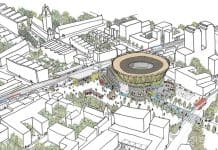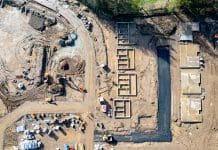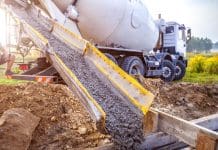The Royal Institute of British Architects (RIBA) has published its most recent Future Trends Survey, a monthly report on business and employment trends in the architectural sector
According to the survey, architects are less optimistic about future workloads and staffing levels following a partial recovery in September.
Over the next three months, companies in the architectural sector expect a decline in workload, reflecting the pessimistic outlook in the housing sector. The confidence gap between small and more significant practices has also narrowed, with larger practices experiencing a decline in confidence and an anticipated fall in staffing.
The RIBA Future Trends Workload Index dropped 7 points to -8 in October. 21% of architectural practices expect more work, 28% anticipate less, and 51% predict no significant change over the next three months.
Smaller businesses have suffered the most
For smaller practices (1-10 staff), confidence decreased by five points to -9. While medium (11+ staff) and large (50+ staff) practices combined had a positive figure of +2. While this is still positive, it represents a 5-point drop from the previous month.
Across the four monitored work sectors showed a negative and worsening outlook. The private housing sector’s outlook decreased by 15 points to -22, the commercial sector fell by 4 points to -4, the public sector dropped by 5 points to -10, and the community sector decreased by 6 points to -7. Regionally, only the North of England had a positive outlook.
What has led to the lack of confidence in the architectural sector?
“Workloads continue to feel the squeeze of planning delays, a weak UK economy, client payment delays, financing uncertainty, and increased interest rates. Practices also report project delays caused by clients and the industry adapting to regulatory changes, such as implementing the Building Safety Act,” explained RIBA head of economic research and analysis, Adrian Malleson.
“Some practices continue to report demand for their services outstripping their capacity, with full pipelines of work and healthy levels of new inquiries. We will continue to report our findings to the Government and work with other built environment bodies to monitor these trends,” he concluded.














